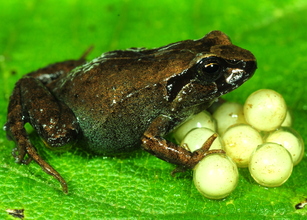
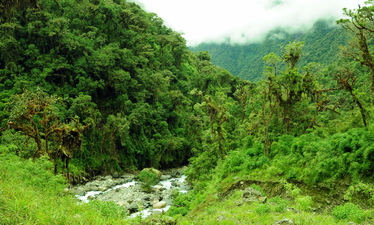
| | The new species (1st row) is most similar to P. usurpator (2nd row) from Manu National Park, of which is likely a sister taxon, but can easily be distinguished by its ventral coloration yellow with brown flecks (gray or brown with cream flecks in P. usurpator). Most specimens of P. chirihampatu were found under rocks (many males were calling) during the day in areas of disturbed montane forest vegetation, such as the sides of the trail and natural landslides. An egg nest found under a rock contained 11 eggs, and similarly to P. usurpator (where egg nests are usually found unattended), we don't know whether parents (and if so, which of the parents) attend nests. |
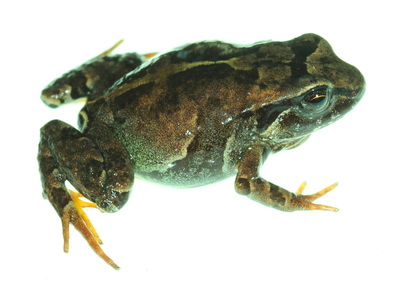
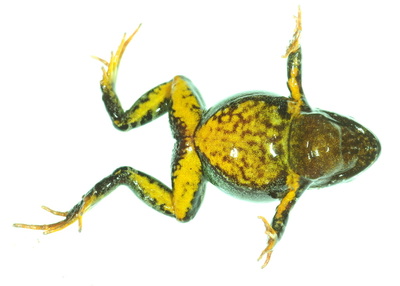
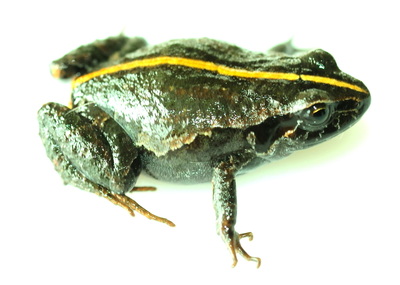
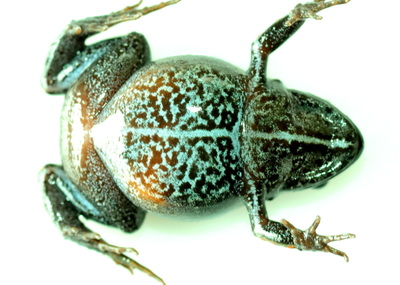
 RSS Feed
RSS Feed